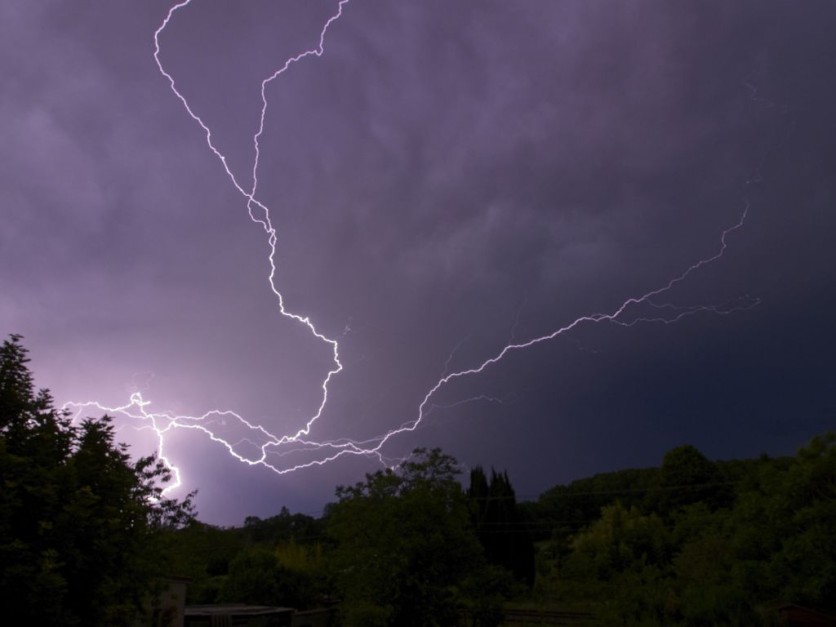European researchers have successfully tested a laser that users terawatt-level laser pulses that can steer lighting toward a 26-foot rod, as per Engadget.

The laser is not limited by physical height and can cover wider areas up to 590 feet while penetrating clouds and fog. It can ionize nitrogen and oxygen molecules that releases electrons and create plasma that conducts electricity.
The laser can fire at 1,000 pulses per second, which can intercept lightning as it forms. A test was performed between June and September 2021 in which the lightning followed the beam for almost 197 feet before hitting the rod.
Laser Lightning Guides
For years, researchers have been exploring laser lightning guides, but most of their experiments have been limited to much shorter distances and slow pules that missed lighting as it formed.
However, the new laser lightning guide was able to shot a hundred times more pulses per second compared in previous attempts.
Still, it could take some time before the lasers are used beyond experiments. Currently, the laser in the experiment costs around $2.17 billion. In addition, the researchers plan to extend the range significant to a point where a 33-foot rod would have an effective coverage of over 1,600 feet.
Also Read: Researchers Have Found A Way To Generate Lightning - With Rockets
Lightning Protection
If they succeed, this could lead to a breakthrough that will make lightning protection possible across large areas. Therefore, it will be useful for protecting rocket launchpads and power plants.
This will attract the attention of NASA which has struggled to protect astronauts on a space station in case of lightning storms. A laser lightning guide can protect a larger area and reduce the frequency of lightning strikes by as much as 80 percent.
Lightning Strikes
In recent years, lightning strikes have caused significant damage because of the expansion of power grids and the launch of new commercial rockets. In the U.S alone, lightning strikes are responsible for billions of dollars of damage.
While there is a way to reduce the number of lightning strikes by using weather services and early warnings, it is either expensive or inefficient. In addition, it is impossible to provide a lightning protection for every field and danger zones.
Therefore, countries around the world are exploring lightning guides and laser lightning guides that could help to reduce lightning strikes significantly. A laser lightning guide could even make commercial space tourism possible as it protects rockets, which are vulnerable to lightning as they take off.
Carbon-based molecules and plastic have been used as lightning rods, but this was a short-term solution and the rods would need to be replaced after lightning strike.
Laser Lightning Guide in the Future
Although this is still in the experimental phase, this project could change the way we see lightning protection. As the laser lightning guide is based on laser, it is not limited to terawatt-level laser pulses.
Once scientists are able to obtain lasers of higher intensities, the size of the laser lightning guide could be much smaller.
Therefore, this will protect spaceships and satellites in the future and make long-haul commercial space flight a reality.
Related Article: Space Lightning Now Being Studied! New 3D Research Shows They're 100x More Powerful Than Earth-Based Ones

ⓒ 2025 TECHTIMES.com All rights reserved. Do not reproduce without permission.




